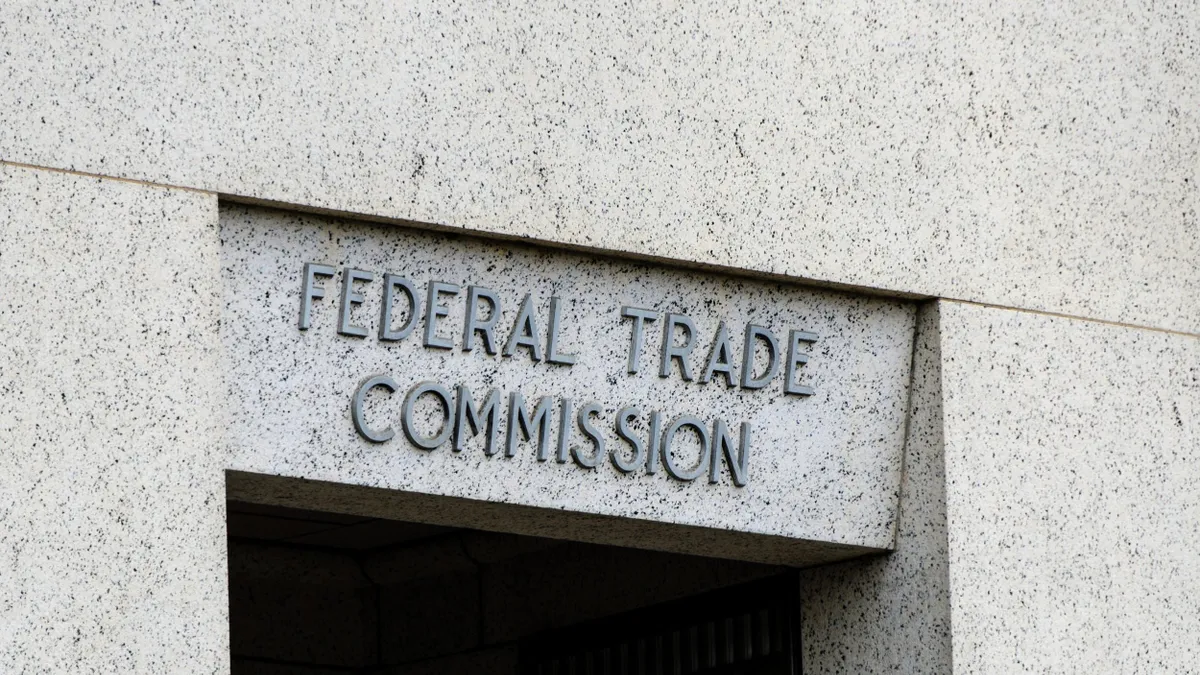The year 2015 saw many small changes in education, and a momentous one, long-awaited by many: the departure of the federal No Child Left Behind Act of 2001. With just weeks left in the year, the updated federal education bill, the Every Student Succeeds Act, flew through the Senate and the House after a revision process that some called a "love-fest." The ESSA was signed into law by President Barack Obama on Dec. 10.
But that's just the beginning of what to keep an eye on in 2016. A number of issues are poised to shape K-12 over the coming year. From budget crunches that are expected to shut down schools to the development of unique learning plans for individual students, here’s a glimpse of five hot topics administrators should keep on their radar.
Budget crises in urban districts
More than a few large urban districts are staring down severe funding shortfalls, and it’s not clear what kind of clarity or solutions will solve the serious problems.
In Los Angeles, a private report commissioned by Los Angeles Superintendent Ramon Cortines said that Los Angeles Unified was “facing a looming, long-term deficit that could force the system into bankruptcy." The district is also dealing with various teacher lawsuits alleging discrimination, including a $1 billion dollar suit focused on the alleged ousting of older teachers and a discrimination suit filed by a lesbian gym teacher who says she was “subjected to anti-gay language, anti-gay graffiti scrawled in her work area, verbal anti-gay slurs by students, vandalism to her car and even physical violence by a student.”
Meanwhile, in Pennsylvania, a state budget impasse that resulted in generous offers from some teachers to work for free is now sliding towards chaos as Philadelphia School District Superintendent William Hite projects that some schools will shut down in January due to a lack of funding. The state auditor general's office “has tallied about $900 million in borrowing by Pennsylvania school districts to get through the impasse, including $525 million by Philadelphia," and one district, Erie, has reportedly amassed $27 million in unpaid bills. Hite told media that payroll for Philly schools is only guaranteed until Jan. 29, 2016.
Washington and Chicago are also on the brink. Chicago faces a potential teacher walkout this spring over unresolved contract negotiations from last summer, with Mayor Rahm Emanuel considering layoffs for hundreds of teachers. After being forced to delay the first day of school this fall due to a teacher walkout, Washington legislators' education fines totaled $5.2 million dollars this past October, and continue to add up due to a $100,000 in daily fines imposed by order of the state’s Supreme Court.
“Until they [lawmakers] act on a plan to fully fund basic education, the total amount of fines will continue to rise,” local outlet KIRO TV reported, “and until they act on a plan for those fines, no one will collect or distribute that money, either.”
Personalized learning plans
The sparsely-populated state of Vermont is leading the way with the push towards personalized learning plans (PLPs) for students. It recently mandated the creation of PLPs for all public school students in grades 7-12. The Flexible Pathways Initiative was signed into law in June 2013, and will be phased in over the course of the next four years. “The intention is to put students at the center of the construction of their own learning experience, which evidence indicates will result in greater relevance and engagement, and therefore better outcomes,” Tom Alderman, of the Vermont Education Agency, told Education Dive in a recent interview.
Beyond the Green Mountain State, the Bill and Melinda Gates Foundation, as well as Facebook founder Mark Zuckerberg have been promoting the use of PLPs. This year, the Gates Foundation partnered with the RAND Corporation to produce a new report, “Continued Progress,” to measure the efficacy of personalized learning. In general, the study found that students from 62 different public charter and district schools “made gains in mathematics and reading over the past two years that were significantly greater than a comparison group made up of similar students selected from comparable schools.”
Programs like Big Picture Learning, digital learning platforms like those sold by Schoology, and the advent of 1:1 device-to-student ratios also promote individualized learning. So does Denver’s Roots Elementary, a charter that helps all students have PLPs.
Zuckerberg highlighted the was that personalized learning “helps students reach their full potential” in a Facebook post on Nov 10, saying that it “empowered” them to become self-directed learners and “connect their daily actions to their long term goals.”
“In a personalized learning classroom, technology frees up time for teachers to do what they do best: teach students in small groups and customize instruction,” Zuckerberg wrote.
Holistic approaches to learning
New holistic approaches to K-12 education appear to be gaining steam. In California — often a forerunner and testing ground for new ideas — therapeutic schools are helping low-income children and those from households who have experienced domestic violence bounce back personally while making impressive academic progress. And blended schools that offer a social service like healthcare in addition to education, like Dr. Priscilla Chan’s new “Primary School” project in East Palo Alto, are cropping up.
“[It] has shown me first hand that we need a better way of caring for and educating our children,” Chan wrote in a Facebook post. “The effects of trauma and chronic stress create an invisible burden for children that makes it very difficult for them to be healthy and live up to their academic potential.”
So are community schools. The Coalition for Community Schools says that 5,000 such schools already serve 2 million students in the U.S. and that the concept is spreading quickly in California. In Rochester, NY, a “Beacon” school also offers “wraparound” services, transforming the school into a central hub for the community.
Goodbye PARCC?
This year, the PARCC testing consortium, developed to create Common Core-aligned tests, took a popularity nosedive as a number of states and districts nationwide bailed on the assessment. This fall, Massachusetts’ retreat marked what some, like the New York Times, considered a turning point for what once was viewed as the future of accountability and standards in American education.
According to PARCC, over the 2014-15 school year, an estimated 5 million students in 11 states (Arkansas, Colorado, District of Columbia, Illinois, Louisiana, Maryland, Massachusetts, Mississippi, New Jersey, New Mexico, Ohio, and Rhode Island) and the District of Columbia took the tests.
But now, participant states are dropping like flies. Ohio, Mississippi, and and Arkansas are out. Connecticut dropped the exam for high school juniors in August, opting to pay $50 per-head for students to take the SAT instead. By November, Massachusetts was also out, choosing to institute a new blended system that would take the state’s own MCAS exam and mix it with PARCC elements to create an “MCAS 2.0” test.
Just eight states (Colorado, District of Columbia, Illinois, Louisiana, Maryland, New Jersey, New Mexico, and Rhode Island) now remain.
The snowball effect: Accountability for 'bad apple' charters
Across the nation, charter schools alleged to have indulged in wrongdoing like fraud and embezzlement are being pursued by authorities, both locally and federally.
The charter operator K12 Inc. is in hot water, accused of “substantial disconnect between compensation and performance results” by shareholders and of a general failure to educate students by its poorly paid and recently unionized teachers.
In California, a new office of the state attorney general has taken aim at cleaning up online charter networks in the state. That ongoing investigation was revealed in a K12 SEC filing, in which the company admitted receiving a subpoena related to the industry-wide investigation.
The state of Ohio now stands as a good example of the snowball effect of investigations after charter fraud. This month, a series of state audits that looked at spending between 2008 and 2014 found that 40 Ohio charters “misspent” a total of $6 million dollars from taxpayers. That realization came on the heels of scandal after scandal. One former school treasurer personally embezzled $500,000 himself, “misspending” a total of $2.1 million dollars.
In 2015, Ohio’s school choice director was forced to resign after a high-profile grade-scrubbing scandal. Ohio Gov. John Kasich “refused to hand over documents to the state auditor related to the federal grant and the grade scrubbing” and the Washington Post pronounced that his tenure resulted in a “public education mess” and Mother Jones calling the proliferation of charters under his watch a “national joke.” Reports on the state's charters have been scathing.
But the federal government has finally taken note, asking the state for more information and research on the state of charters before letting go of $71 million dollars worth of federal funding that had already been promised.
Would you like to see more education news like this in your inbox on a daily basis? Subscribe to our Education Dive email newsletter! You may also want to read Education Dive's look at 6 books educators should catch up on over the holidays.



















